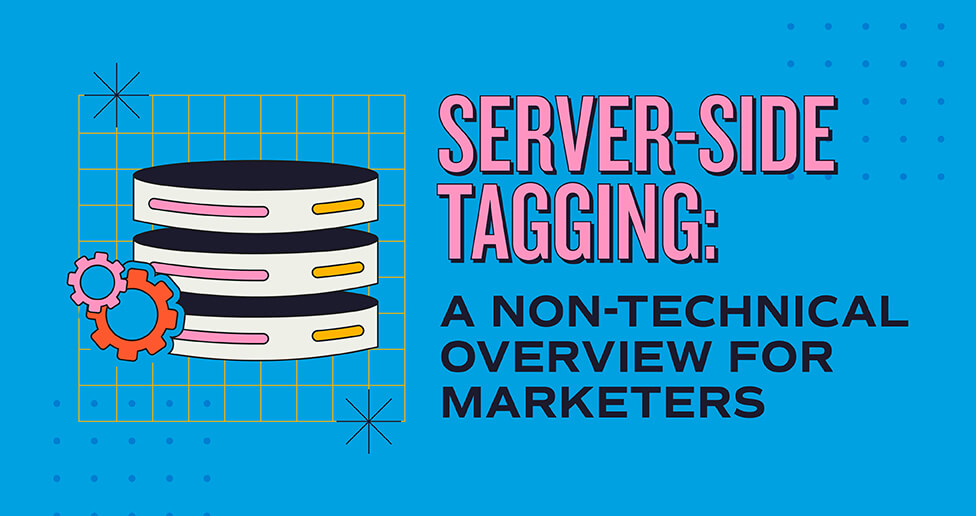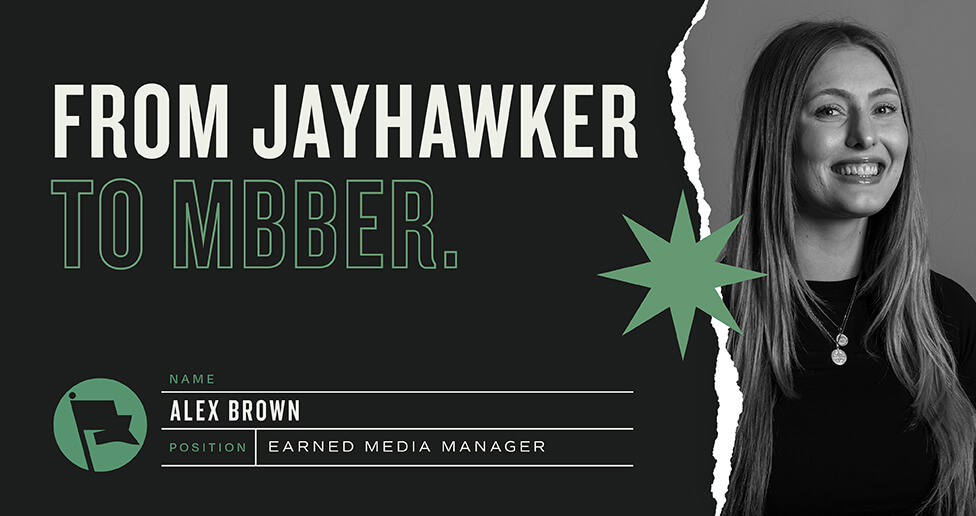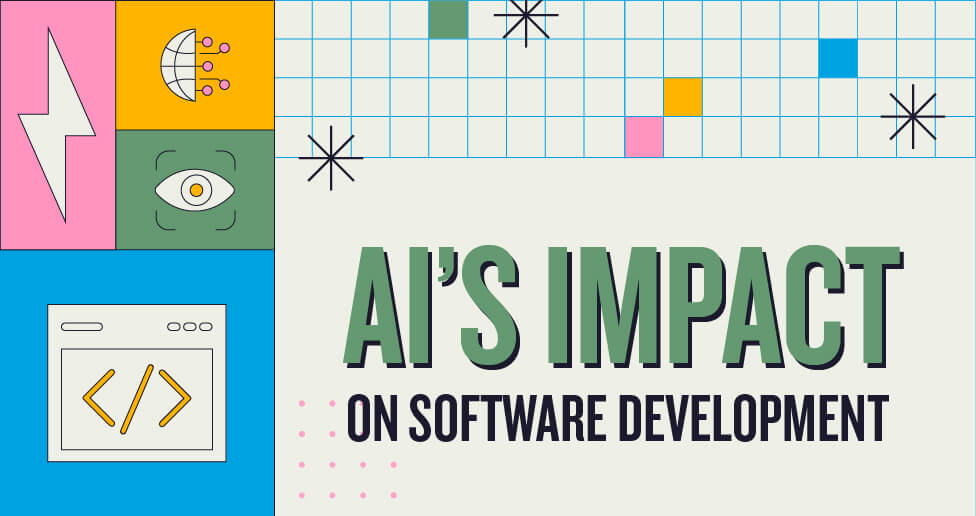
In the past, consumer packaged goods (CPG) brands relied heavily on traditional and in-store advertising to establish awareness and loyalty with consumers. With the rise of online shopping over the last twenty years, CPG companies have embraced digital tactics such as paid media, social media, search engine optimization, paid search, and Amazon Marketing Services, just to name a few. In fact, digital ad spending has actually now surpassed traditional ad spending for CPG companies(1).
Voice search is a relatively new digital tactic that you can’t pay to play in, at least not yet! Voice search isn’t necessarily a new, individual channel, but rather a hybrid of other digital marketing efforts that you’re likely already executing—namely e-commerce marketing and SEO. With an estimated 30-50% of all searches taking place through voice search by 2020(2), I’d like to share some insights on how CPG brands can fully take advantage of opportunities in voice search.
1. Increase brand awareness
It’s worth mentioning that there’s been some chatter in the industry that voice search is basically the end of CPG branding as we know it, with claims of voice search devices being brand agnostic. In reality, this is not the case. When making a purchase through a voice search device, products are recommended based on a combination of user history, popularity, reviews, availability, and shipping speed. These devices also use machine learning, which means they’ll continue to become more knowledgeable of their users’ purchase preferences over time.
Additionally, since voice search devices don’t currently understand the context of everything they’re asked (I frequently get hit with the “I’m sorry, I don’t know how to help with that” from my Google Home), users have become accustomed to being very precise to help their device understand their request. If a consumer is ordering through a device and has an affinity for a specific brand, they’re going to ask for it by name. Because of this, branding and product awareness still remain as relevant as ever for CPG products, whether consumers are purchasing in a brick-and-mortar store or asking Alexa to order them more household goods.
2. Optimize product listings
Right now, there’s really two big names in voice search to look out for relating to CPG: Amazon and Google. Last Fall, Google Express partnered with several popular retailers to fulfill orders through voice search in an effort to compete with Amazon (this includes retailers like Walmart, Target, and Costco). While it seems elementary, ensuring that products are stocked within these stores is the first step in getting found in voice search.
Beyond the basics of selling through popular retailers, optimizing products within these channels is the best way for CPG brands to succeed in voice search. Create detailed names and descriptions for all product listings. Ensure that there is sufficient stock to keep up with ongoing demand to prevent selling out of a product. Work with your fulfillment team to get all products Amazon Prime or 2-day shipping eligible. Create a plan to generate online reviews from your customers. All of these factors make an informative product page that will encourage users to convert—on both devices with screens and those without.
3. Understand that attribution tracking may be difficult for a while
Let’s say you’ve optimized all of your product listings, made sure they’re Prime eligible, gained hundreds of new reviews, and you’re seeing an increase in online sales—how do you know who converted through voice search? In short, you don’t.
As of right now, there’s unfortunately not a way to differentiate a voice search sale from an online sale. This is especially frustrating in the digital age of being able to define the exact path of every user who converts. As voice search becomes more prevalent, I do suspect attribution tracking will become available. In the meantime, be stoked that you helped increase online sales as a whole!
Voice search gives CPG brands the opportunity to create a frictionless buying experience for their customers, which is definitely something to take advantage of before your competitors do. If you’re looking for other resources on CPG marketing, check out our articles on the Mobile Impact on CPG Shopping and Why More CPG Brands Should Add Pinterest to Their Marketing Plans.
(1) http://cadentcg.com/publication/2017-marketing-spending-industry-study/
(2) https://www.branded3.com/blog/voice-search/
Subscribe to our newsletter
Get our insights and perspectives delivered to your inbox.


